13. Content Structure
Accessibility Requirements
- WCAG SC 2.4.6 Headings and Labels – Headings and labels describe topic or purpose.
- WCAG SC 1.3.1 Info and Relationships – Information, structure, and relationships conveyed through presentation can be programmatically determined or are available in text.
Test Method Rationale
- Visual headings must be programmatically determinable, represent the content structure, and describe the content that follows the headings.
- Visual lists must be programmatically determinable according to their types (bullet, numbered, multilevel).
Limitations, Assumptions, or Exceptions
- A document with only one heading does not have a heading level structure and would not be tested for heading structure.
- Document can have more than one heading level 1 or no heading level 1.
- The heading level 1 on a page is not required to match the document title.
- The order of heading levels may not always be in sequence but may be valid as it relates to the visual structure/importance communicated by visible headings on the page. For example, a heading level 2 might be used for a navigation structure that precedes a heading level 1 title on a page. Similarly, a heading level 1 may be followed by a heading level 3 without a heading level 2 between them.
- Not all lists need markup. For instance, sentences that contain comma-separated lists may not need list markup.
- A test for Visually Apparent Lists should not include navigation menus. While programmatic lists are often used to create navigation menus, menus may also be created using other techniques.
13.A Test Procedure for Descriptive Headings
Baseline Test ID: 13.A-HeadingDescriptive
Identify Content
Visually apparent headings, which denote sections of content. Headings are often in a larger, bolded font separated from paragraphs by extra spacing (though not always). Note the hierarchy and structure of each heading with respect to other headings on the page or screen.
Test Instructions
- Check that each heading describes the topic or purpose of its content. [SC 2.4.6]
Test Results
If any of the above checks fail, then Baseline Test 13.A-HeadingDescriptive fails.
13.B Test Procedure for Visual Headings Programmatic
Baseline Test ID: 13.B-VisHeadingProg
Identify Content
Visually apparent headings, which denote sections of content. Headings are often in a larger, bolded font separated from paragraphs by extra spacing (though not always). Note the hierarchy and structure of each heading with respect to other headings on the page.
Test Instructions
- Check that all visual headings are programmatically determinable and that programmatic heading levels logically match the visual heading presentation within the heading structure [SC 1.3.1]:
- The most important heading(s) should have the highest priority level. For example, heading level 1
<H1>is a higher level than heading level 2<H2>, which is higher than heading level 3<H3>. - Headings with an equal or higher level start a new section; headings with a lower level start new subsections that are part of the higher leveled section.
- The most important heading(s) should have the highest priority level. For example, heading level 1
Test Results
If the above check fails, then Baseline Test 13.B-VisHeadingProg fails.
13.C Test Procedure for Programmatic Headings Visual
Baseline Test ID: 13.C-ProgHeadingVisual
Identify Content
Programmatically determined headings: <h1> to <h6>
Test Instructions
- Check that each programmatically determinable heading is also serving as a visual heading on the page. Content that is not a visual heading cannot have a role of heading. For example, heading markup should not be used for emphasis on an element that is not a heading for content after it. [SC 1.3.1]
Test Results
If the above check fails, then Baseline Test 13.C-ProgHeadingVisual fails.
13.D Test Procedure for Visually Apparent Lists
Baseline Test ID: 13.D-List
Identify Content
Visually apparent lists.
- A bulleted list is not numbered and is used where sequence or the ability to reference specific items by number/letter is not important. List items have the same visual marking or may have no marking.
- A numbered list is numbered sequentially and, a multilevel list includes hierarchy (e.g., 1, 2, 2a, 2ai, etc.). These types of lists are used where sequence or the ability to reference specific items by number/letter is important.
- A description list is used to group term(s) with their description(s). These are common in a glossary.
Test Instructions
- For each visually apparent list:
- Check that content that has the visual appearance of a list (with or without bullets) that has no special order or sequence is marked as a bulleted list. [SC 1.3.1]
- Check that content that has the visual appearance of a numbered list is marked as a numbered, or multilevel list. [SC 1.3.1]
Test Results
If any of the above checks fail, Baseline Test 13.D-List fails.
Advisory: Tips for Streamlined Test Processes
There is not a test to check that programmatic lists are visually apparent lists.
WCAG 2.2 Techniques
The following sufficient techniques and/or common failures were considered when developing this test procedure for this baseline requirement:
- F43: Failure of Success Criterion 1.3.1 due to using structural markup in a way that does not represent relationships in the content
- G115: Using semantic elements to mark up structure AND H49: Using semantic markup to mark emphasized or special text
- G117: Using text to convey information that is conveyed by variations in presentation of text
- G130: Providing descriptive headings
- H42: Using
<h1>to<h6>to identify headings - H48: Using
<ol>,<ul>, and<dl>for lists or groups of links - PDF9: Providing headings by marking content with heading tags in PDF documents
- PDF21: Using List tags for lists in PDF documents




 Open a Github issue
Open a Github issue Email Us
Email Us